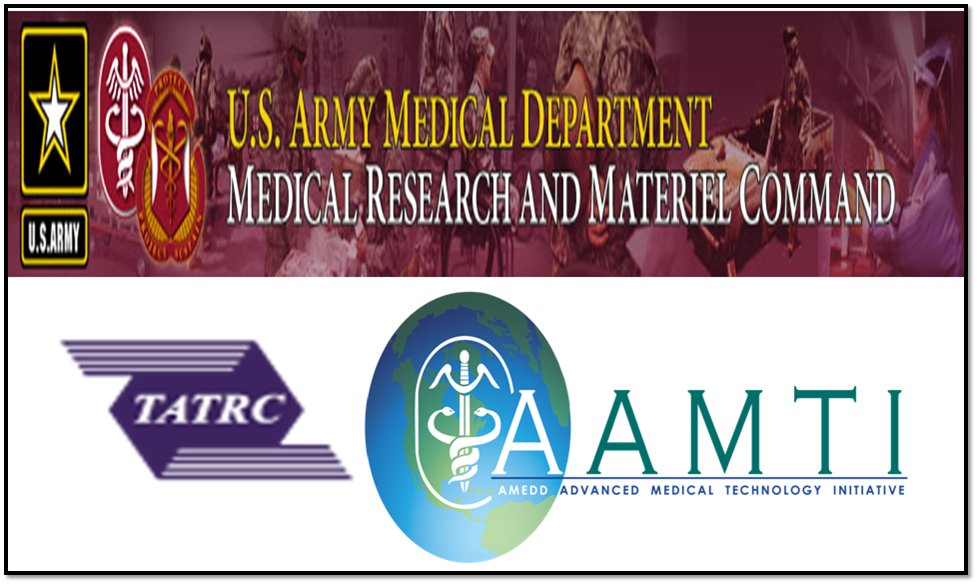Views from the Home Front
The Experience of Children from Military Families, Rand Corporation, Dec 2009
This study highlights that deployment is a period of transition and potential stress for military families; however, there is limited understanding of the experience of children from military families. In addition, there is little information with respect to their overall well-being. Although studies have begun to explore the impact of the current wars on child well-being, none have examined how children are doing across social, emotional, and academic domains. In this study, we describe the health and well-being of children from military families from the perspectives of the child and non-deployed parent. We also assessed the experience of deployment for children and how it varies according to deployment length and military service component.
http://www.rand.org/pubs/research_briefs/RB9488/index1.html






